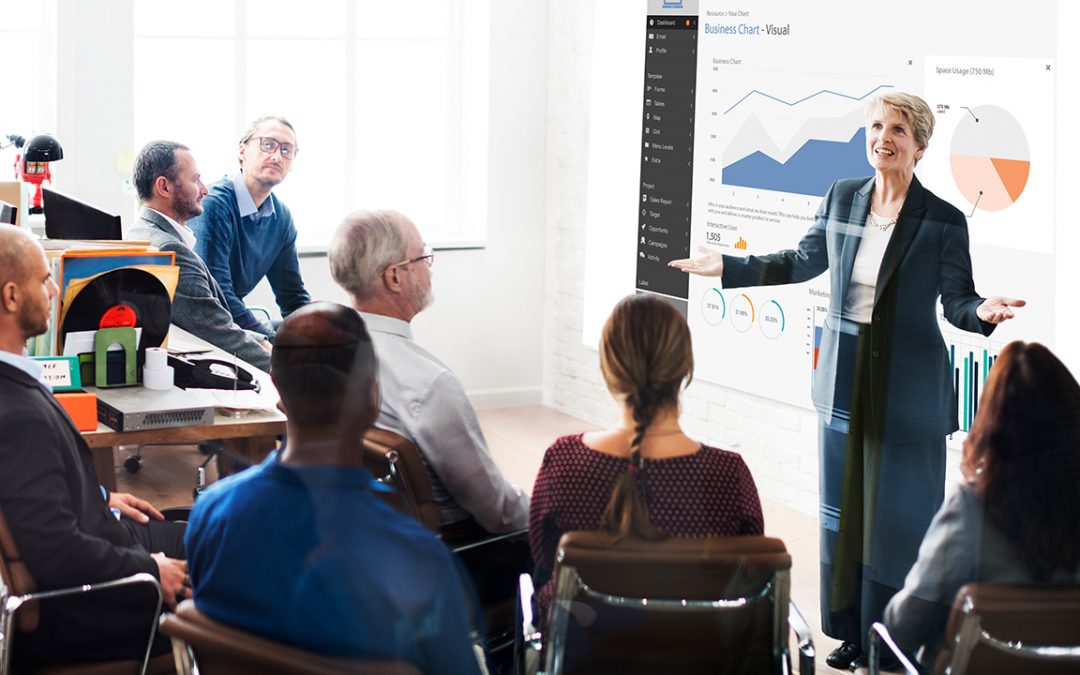Although an SAP system can substantially simplify the whole SAP upgrade process, a potential strategy by itself will rarely have the intended effect unless it is used in conjunction with a set of best practices.
Consequently, implementation failure is common even when there is no clear technical issue with the product.
Almost every case of implementation failure that EAC has investigated could be tracked down back to the people in charge – whether they were employees of the internal IT department or an outside consulting firm – and the processes and best practices that they either implemented poorly or did not implement at all. This suggests that people and procedure are the two most critical aspects in upgrading success. As a result, putting best practices in place that can lead people and processes down the path to success is essential.
Successful SAP Upgrade
EAC’s examination of upgrade success and failure in the SAP marketplace yielded a list of nine best practices that could aid success. When used in conjunction with an SAP system, these best practices can assist reduce the cost and time required to complete a technical update or functional update.
The following are the nine excellent practices to consider when implementing a SAP upgrade:
1. Involve the stakeholders
There really is no bigger necessity for the effectiveness of an update than stakeholder participation, especially if the upgrade includes both a technical and a functional component. This participation, in fact, must be actively pursued by all parties involved.
2. Make a thorough record of everything
To guarantee historical continuity throughout the SAP system’s lifecycle, every conceivable component of the present implementation and upgrade process must be recorded.
3. Test and simulate your upgrading
One of the most effective ways for a corporation to assure upgrade accomplishment is to thoroughly test the upgrade both during the upgrade process and prior to go-live. Many firms do this by using a test sandbox; however, this method can add significant iterations to the upgrade. One option is to use a good SAP system to mimic the upgrade and help manage the continuing testing process, which places significantly lighter pressure on IT.
4. Plan ahead of time for the upgrading
This is a best practice that is frequently embraced only after a company has had a negative experience with a hasty upgrade procedure. Essentially, the broader the upgrade management time window, the smaller the risk and the faster the upgrade switchover. This early preparation is critical to ensuring that SAP upgrade-related downtime is maintained.
5. Put a development freeze in place well ahead of the upgrade
Project risk in the upgrade process is another typical issue that is reasonably easy to avoid. Enabling developmental modifications to be introduced while the upgrade is in progress is one way to achieve this. While it may appear to be a simple issue that is easy to overlook, the reality is that too often upgrade teams argue with development about what can and cannot be done within the upgrade planning session.
6. Start with a technical update and then arrange for a functional upgrade
Even as there are several convincing ways of keeping technical and functional upgrades separate during the SAP upgrade process, making plans for before and during the initiation phase is a hugely rewarding activity, despite the time between both the finalization of the technical upgrade and the beginning of the functional upgrade.
7. As much standard functionality as possible should be implemented
This is an ancient adage that has traditionally gone unheeded, in part, because SAP R/3 lacked built-in capabilities that some customers desired, and in part, because many customers considered that sticking to their own business methods was more essential than adopting SAP. This prejudice against home-grown business practices – particularly those that are quasi in terms of performance or marketable value – needs to be reconsidered in light of ERP 6.0’s expanded functionality as well as the higher financial strain that custom software entails, particularly during upgrades.
8. Use a third-party service to assist with the upgrade process
The majority of EAC’s successful installations used one of many third-party solutions to help manage the upgrading process. Most of these are installed on-site, whereas others are installed on-demand. Irrespective of which third-party solution is chosen, the most important thing is to make sure that the SAP upgrade technique is backed up by a powerful tool that can provide the granularity and upgrade management required to complete the operation.
9. Solution Implementation Manager (eventually).
Solution Manager includes a number of useful tools that can assist with not only deployments and upgrades, but also ongoing maintenance. Solution Manager, which includes a number of tools that help expedite the support and maintenance of ERP 6.0 and Business Suite 7, is becoming a requirement for firms on Enterprise Support. Businesses upgrading to ERP 6.0, according to EAC, must finish the upgrade without Solution Manager but set Solution Manager first on their post-upgrade implementation list of priorities. While there is no assurance that these best practices will result in a product upgrade process on their own, firms can greatly improve on their previous track record of costly and time-consuming updates.
Integrating these SAP upgrade best practices with a solution like Lineris helps to ensure success at a lot lower overall cost and in a much shorter timeframe. So contact Lineris Solutions soon today!


Recent Comments